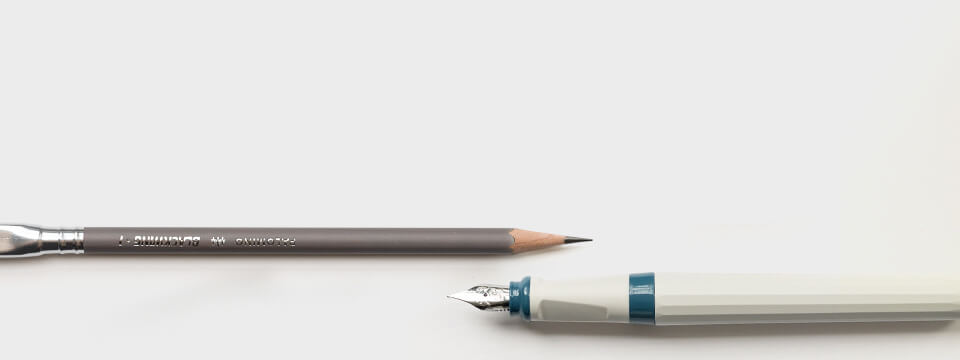We can write the shopping list, take notes or write a journal by hand in a kinder way with the planet. What is more sustainable, using a pencil or a pen?
THE PENCIL:
The pencil was chosen by Forbes magazine as the fourth most important tool in human history, after the knife, the abacus and the compass. It is a simple but brilliant invention: a graphite mine coated in wood and painted. An object whose origins usually date back to 1564, in England, and whose first mass production occurred a century later, in Germany.
Although Germany remains one of the world's largest producers, today 44 percent of the pencils we spend come from China and are made with linden wood.
The Asian country is also the largest global producer of graphite, a type of carbon that mixed with a clay paste creates the pencil mine: all mining extractions have an impact on the environment, but graphite mining is not among The worst.
Although the greatest virtue of the pencil surely resides in that it does not use plastic and, over time, our wood shavings can be used to create compost. To create the pencil it will be necessary to cut down a mature tree to make about 170 thousand units.
Although this damage can be reduced if we choose them made of wood from certified sustainable forests or look for a pencil of recycled material.
The good: if we do not lose it before, the pencil can accompany us for a long time, since it allows us to draw a straight line of 56 kilometers and write up to 45 thousand words. A task that wins the pen, which will only hold you three kilometers. Thus, for each finished pencil, you would need 18 pens to write the same amount of words.
THE PEN
For its part, the pen would not exist without the plastic. In fact, a typical pen includes two types. On the one hand, the cover is usually made of polystyrene, a material that, once treated, allows us to distinguish the interior and control how much ink we have left. The problem is that this material is not as easy to recycle as PET plastic.
During the production of the pens, chlorofluorocarbons (CFCs) are released into the atmosphere, molecules that contribute up to 1,200 times more to the greenhouse effect than carbon dioxide.
However, both the hood and the ink tube are made of polypropylene, a more resistant plastic and also easier to recycle, although during its manufacture it also releases CO2 into the atmosphere.
It turns out that the brass with which the tip of the pen is manufactured, is an alloy of copper and zinc, and copper mines can involve significant environmental damage: its open pit mining leaves acid spills in the ecosystem, which end up damaging the aquifers, rivers, lagoons and oceans.
Although a typical pen will write six thousand 207 signatures, five thousand 114 telephone numbers, 971 Christmas cards or 169 pages of the newspaper, according to a study carried out in the United Kingdom, once its useful life is over, it is not as easy to recycle as it seems.
A more sustainable alternative is to get a refillable pen that we can fill every time we run out of ink. There are even manufactured with remnants of corn crops or reused paper, good options to get the plastic out of our lives.
Even so, if we use pencil, more durable (if we don't lose it before) instead of the pen, the planet will thank us.

